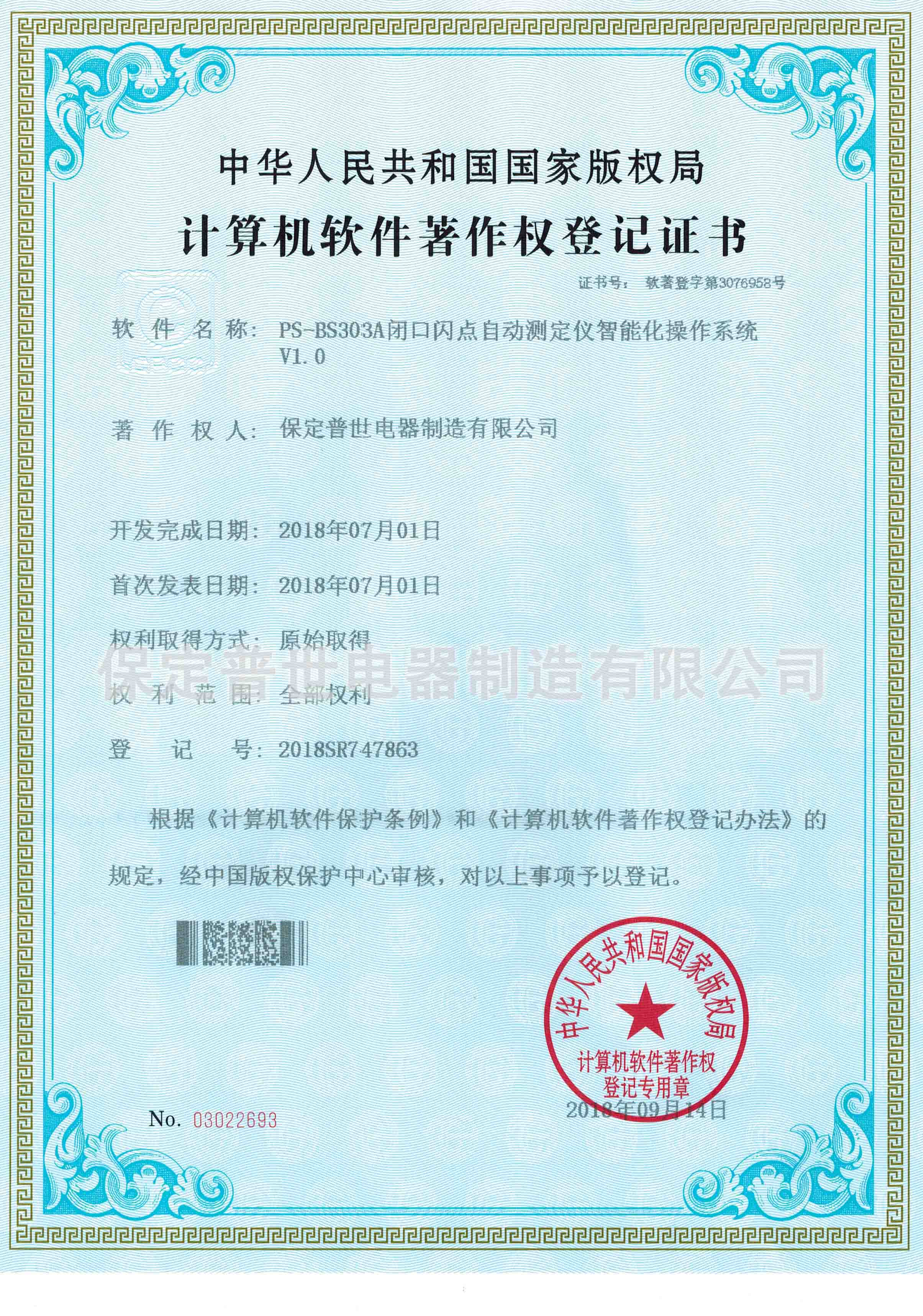 English
English



-
 Afrikaans
Afrikaans -
 Albanian
Albanian -
 Amharic
Amharic -
 Arabic
Arabic -
 Armenian
Armenian -
 Azerbaijani
Azerbaijani -
 Basque
Basque -
 Belarusian
Belarusian -
 Bengali
Bengali -
 Bosnian
Bosnian -
 Bulgarian
Bulgarian -
 Catalan
Catalan -
 Cebuano
Cebuano -
 China
China -
 China (Taiwan)
China (Taiwan) -
 Corsican
Corsican -
 Croatian
Croatian -
 Czech
Czech -
 Danish
Danish -
 Dutch
Dutch -
 English
English -
 Esperanto
Esperanto -
 Estonian
Estonian -
 Finnish
Finnish -
 French
French -
 Frisian
Frisian -
 Galician
Galician -
 Georgian
Georgian -
 German
German -
 Greek
Greek -
 Gujarati
Gujarati -
 Haitian Creole
Haitian Creole -
 hausa
hausa -
 hawaiian
hawaiian -
 Hebrew
Hebrew -
 Hindi
Hindi -
 Miao
Miao -
 Hungarian
Hungarian -
 Icelandic
Icelandic -
 igbo
igbo -
 Indonesian
Indonesian -
 irish
irish -
 Italian
Italian -
 Japanese
Japanese -
 Javanese
Javanese -
 Kannada
Kannada -
 kazakh
kazakh -
 Khmer
Khmer -
 Rwandese
Rwandese -
 Korean
Korean -
 Kurdish
Kurdish -
 Kyrgyz
Kyrgyz -
 Lao
Lao -
 Latin
Latin -
 Latvian
Latvian -
 Lithuanian
Lithuanian -
 Luxembourgish
Luxembourgish -
 Macedonian
Macedonian -
 Malgashi
Malgashi -
 Malay
Malay -
 Malayalam
Malayalam -
 Maltese
Maltese -
 Maori
Maori -
 Marathi
Marathi -
 Mongolian
Mongolian -
 Myanmar
Myanmar -
 Nepali
Nepali -
 Norwegian
Norwegian -
 Norwegian
Norwegian -
 Occitan
Occitan -
 Pashto
Pashto -
 Persian
Persian -
 Polish
Polish -
 Portuguese
Portuguese -
 Punjabi
Punjabi -
 Romanian
Romanian -
 Russian
Russian -
 Samoan
Samoan -
 Scottish Gaelic
Scottish Gaelic -
 Serbian
Serbian -
 Sesotho
Sesotho -
 Shona
Shona -
 Sindhi
Sindhi -
 Sinhala
Sinhala -
 Slovak
Slovak -
 Slovenian
Slovenian -
 Somali
Somali -
 Spanish
Spanish -
 Sundanese
Sundanese -
 Swahili
Swahili -
 Swedish
Swedish -
 Tagalog
Tagalog -
 Tajik
Tajik -
 Tamil
Tamil -
 Tatar
Tatar -
 Telugu
Telugu -
 Thai
Thai -
 Turkish
Turkish -
 Turkmen
Turkmen -
 Ukrainian
Ukrainian -
 Urdu
Urdu -
 Uighur
Uighur -
 Uzbek
Uzbek -
 Vietnamese
Vietnamese -
 Welsh
Welsh -
 Bantu
Bantu -
 Yiddish
Yiddish -
 Yoruba
Yoruba -
 Zulu
Zulu
capacitance and tan delta measurement
Capacitance and Tan Delta Measurement An Overview
Capacitance measurement and the assessment of the tangent delta (tan δ) are vital parameters in the evaluation of dielectric materials and electronic components. These measurements are integral for understanding how materials behave under electrical stress, which has significant implications in various applications such as capacitors, insulators, and advanced electronic devices.
Understanding Capacitance
Capacitance is defined as the ability of a component to store electrical energy in an electric field. It is measured in Farads (F) but frequently encountered in microfarads (µF) and picofarads (pF) in practical applications. The capacitance of a capacitor depends on three primary factors the surface area of the conducting plates, the distance between them, and the dielectric material placed between the plates. The dielectric material's properties greatly influence the capacitor’s performance, efficiency, and longevity.
In practical terms, measuring capacitance can be done using an LCR meter, which applies an AC voltage to the capacitor and measures the resulting current. The ratio of the charge stored to the voltage across the component gives the capacitance value. Accurate measurement of capacitance is crucial for ensuring that electronic circuits function as intended and to avoid issues such as reduced performance or component failure.
Tan Delta An Essential Parameter
The tangent delta (tan δ), often referred to as the loss tangent, quantifies the energy dissipated as heat in a dielectric material when it is subjected to an alternating electric field. It is defined as the ratio of the resistive (loss) component of the current to the reactive (stored) component. In equations, it is expressed as
\[ \tan \delta = \frac{I_{\text{loss}}}{I_{\text{reactive}}} \]
capacitance and tan delta measurement

The tan δ value provides insight into the dielectric's efficiency; a low tan δ indicates that the material is effective at storing energy with minimal losses, while a high tan δ indicates significant energy loss, often resulting in heat generation, which can lead to thermal degradation over time.
Importance of Capacitance and Tan Delta Measurement
The simultaneous measurement of capacitance and tan δ is crucial for several reasons
1. Quality Assurance and Reliability For manufacturers, ensuring that capacitors and insulation materials exhibit low tan δ values while providing adequate capacitance is essential for product quality. It can predict the lifespan and reliability of components under operational conditions.
2. Diagnostics and Failure Analysis For existing systems, measuring capacitance and tan δ can help diagnose issues in electrical insulation, capacitors, and other related components. A significant increase in tan δ may indicate aging, moisture ingress, or other forms of degradation.
3. Material Selection In the development and selection of materials for electrical applications, understanding both capacitance and tan δ can guide engineers towards materials that not only meet electrical specifications but also perform reliably over time.
4. Applications in Advanced Technologies As technology advances, particularly in areas such as renewable energy, electric vehicles, and power electronics, the need for sophisticated materials with lower losses and higher efficiencies becomes increasingly critical.
In summary, capacitance and tan δ measurement are not merely technical values; they are fundamental in maintaining the integrity and reliability of electronic systems. As technology evolves, the need for precise, efficient, and lasting components underlines the importance of these measurements in the engineering and manufacturing landscape.
-
Ensuring SF₆ Gas Safety: Introducing PUSH’s Integrated SF₆ Analyzer for Dew Point, Purity, and Decomposition MonitoringNewsJul.10,2025
-
Exploring the Main Types of Industrial Endoscopes and Their Applications Across IndustriesNewsJul.04,2025
-
Testing Equipment Industry Sees Major Advancements in 2025: Smart & Precision Technologies Lead the WayNewsJun.06,2025
-
Applications of Direct Current Generators in Renewable Energy SystemsNewsJun.05,2025
-
Hipot Tester Calibration and Accuracy GuidelinesNewsJun.05,2025
-
Digital Circuit Breaker Analyzer Features and BenefitsNewsJun.05,2025



